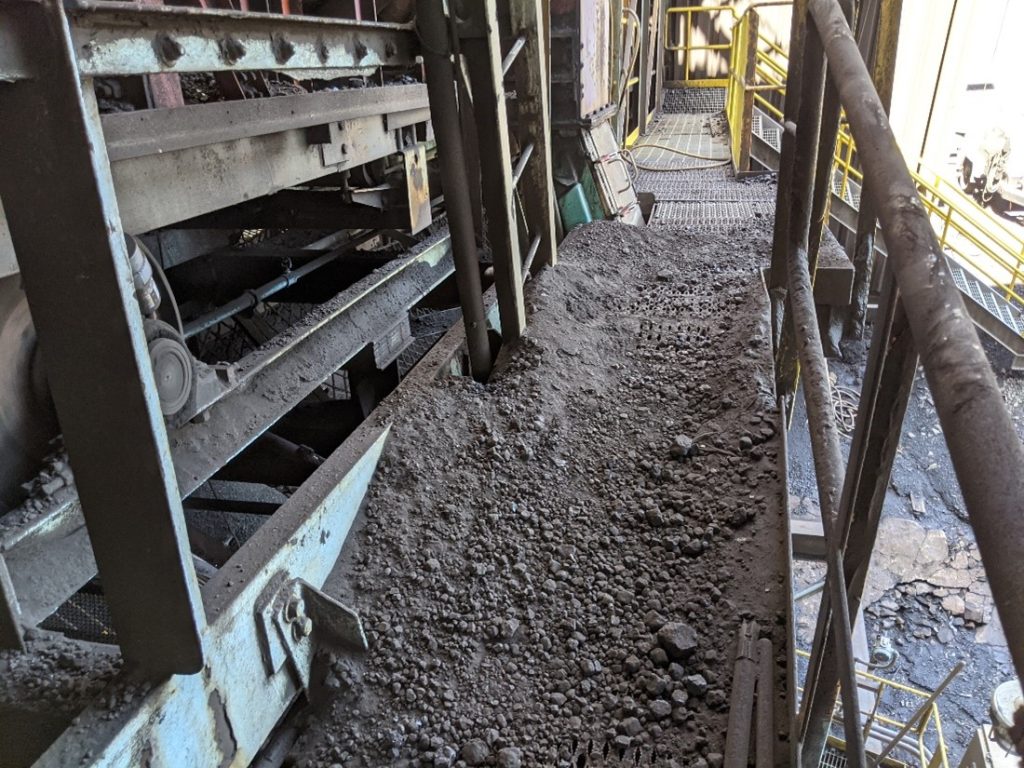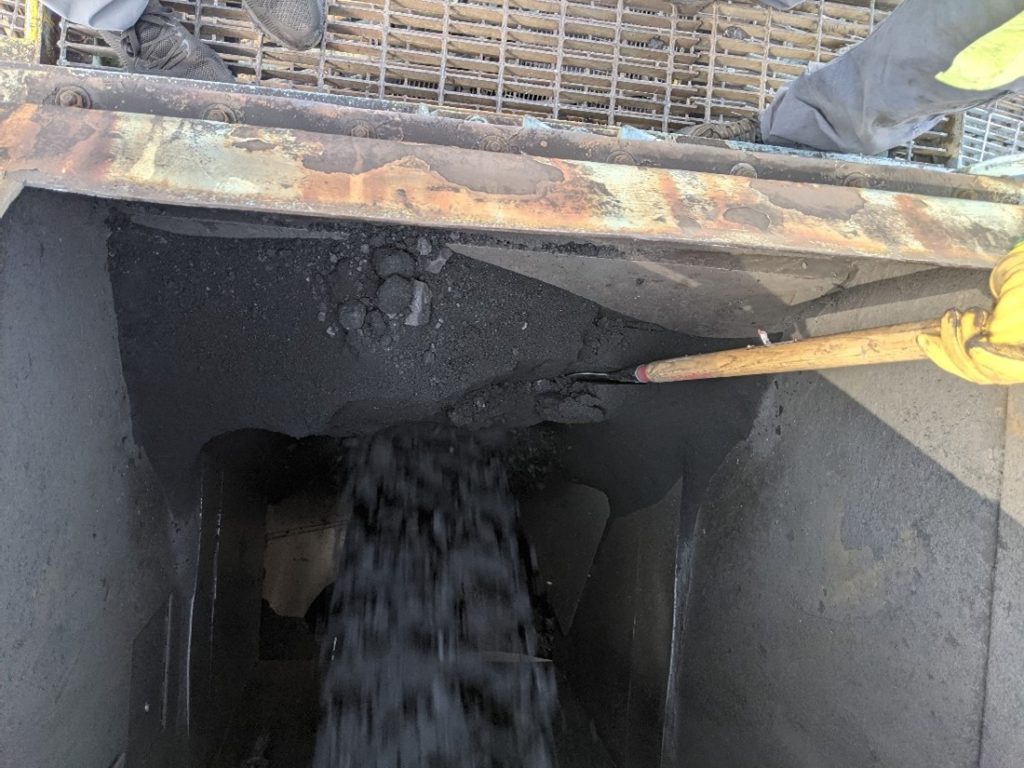
It is neither a secret nor a surprise that coal-fired power generation is fighting an uphill battle. Today holds challenges in nearly every operational area. Prevailing governmental actions and market forces indicate that coal-fired power plants will not hold the share of the generation portfolio they have enjoyed for so long. Housekeeping for these plants remains an increasingly important element in their survival.
In the face of these challenges, coal-fired power plants must adapt in several ways to remain profitable. Staffing adjustments decreased operational uptime, and capital investments for mandatory emissions controls are some of the measures by which plants are forced to adapt. Unfortunately, these measures are often both costly and difficult to implement. Sometimes overlooked, though, is a relatively cheap and easy way to help improve the bottom line of coal-fired power generation: good housekeeping.
Fuel is a fundamental factor in generation efficiency calculations, and shrinking fuel costs increases efficiency and boosts a plant’s fiscal bottom line. Good housekeeping practices identify equipment and systems that are operating at reduced capacity or are sources of fuel loss. Furthermore, anything that is done to correct or prevent equipment failures or losses of coal will increase efficiency.
So, what are these good housekeeping practices?
Conducting routine inspections may extend the life of belts and conveyor components. This is done by keeping minor, easily corrected problems from impacting operational schedules and/or raising fuel costs. In plants where efficiency is valuable, coal handling plant (CHP) staff routinely walk the conveyor system. Moreover, they are looking for indications of potential trouble. These indications may include accumulations of loose coal (Figure 1), damaged skirt boards/skirt rubbers, shifted belt alignments, etc. Again, each identified with routine walkdowns.

Preventive maintenance also impacts fuel efficiency. By adhering to prescribed maintenance schedules, plants may extend equipment life and reduce fuel losses. This may be an obvious point, but when poor preventive maintenance leads to additional corrective maintenance, good money is thrown at a preventable loss. The cost of an auto-greaser is much less than the cost of replacing a conveyor head pulley bearing.
Additionally, a simple way to extend the service life of coal handling equipment is to clean it. Maintaining vigilance in detecting and correcting accumulations of coal in and around the equipment is a primary principle of good coal yard housekeeping. Figure 2 shows an operator scraping coal accumulation from a conveyor head chute. Including this sort of practice into shiftly, or even daily, routines can make a huge difference in equipment lifetimes.

It may seem difficult to justify spending resources on coal handling systems and equipment, but it is a sure, easy way to increase efficiency. Installing new and/or additional skirtboards, installing impact rollers at transfers, and replacing take-ups and alignment equipment are all methods to increase uptime and minimize coal losses. Stanton Energy Center, in Florida, provides a good example of how investments in conveyor systems can pay off. In the end, it is often more cost-effective to treat the patient’s actual problem than to bandage their symptoms.
Implementing any or all of the above good housekeeping practices will save money for coal-fired plants. Using U.S. Energy Information Administration data can show how a 1% difference in system availability for a coal-fired power plant could be worth $1 million to $2 million dollars in annual revenue. Additionally, preventing coal losses can save upwards of $500,000 in fuel costs. In today’s harsh coal climate, these operational savings could prevent a reduction in staffing, or even be the difference between a plant staying open or closing.